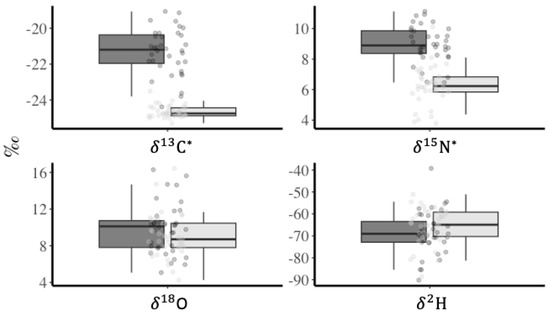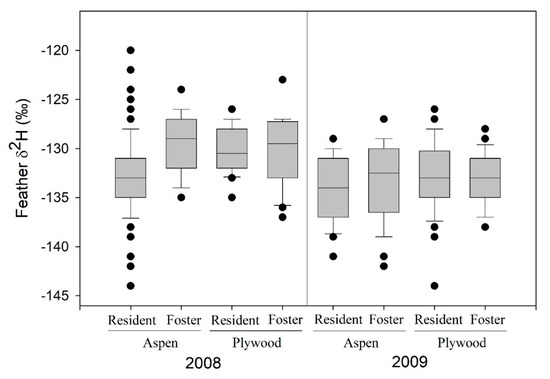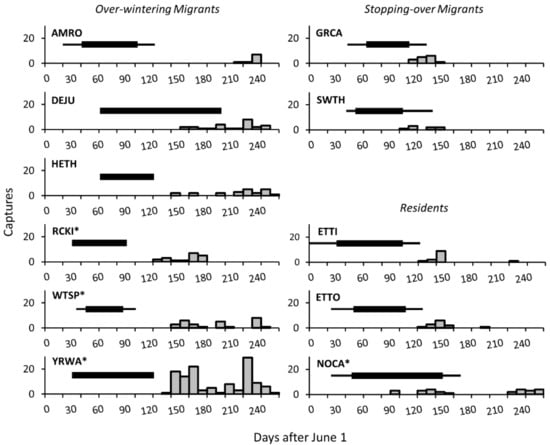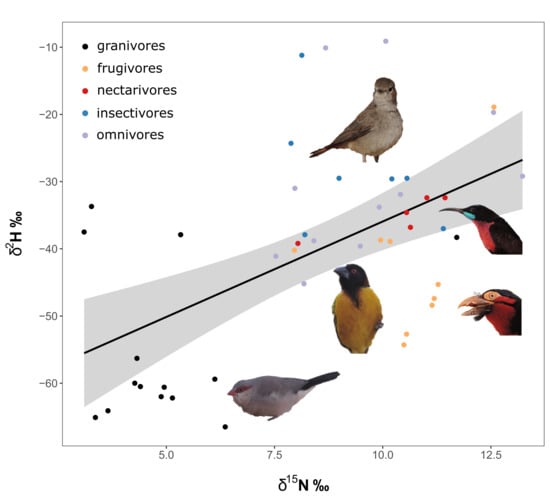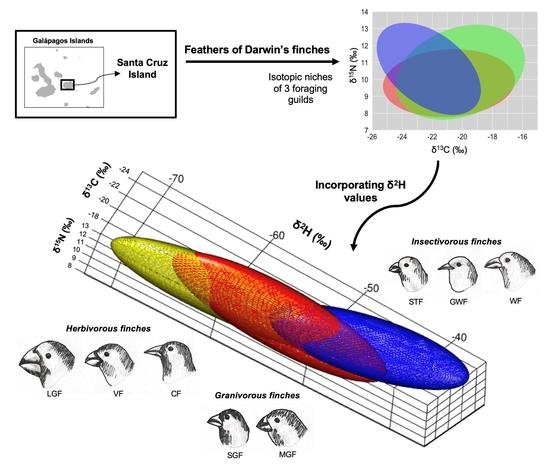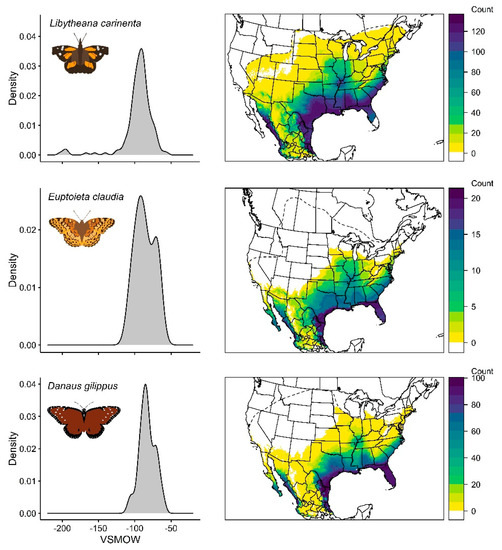Stable Isotope Ecology
A topical collection in Diversity (ISSN 1424-2818). This collection belongs to the section "Phylogeny and Evolution".
Viewed by 19149Editor
Topical Collection Information
Dear Colleagues,
Studies using measurements of naturally occurring stable isotopes of the light elements (C,N,H,O,S) in biota have revolutionized the way in which complex animal and plant communities have been examined. Applications have included descriptions of trophic relationships in foodwebs and the source of important nutrients driving communities. More recently, investigations of animal movements that rely on the derivation of isoscapes have provided new insights into migratory connectivity and the forensics of individual vs. population migration. The advent of new web-based analytical tools has now provided a rich research climate for stable isotope applications to investigating diversity. This Special Issue on Isotope Ecology will present a series of papers focused on community structure and ecology with an emphasis on biological diversity.
Prof. Dr. Keith A. Hobson
Guest Editor
Manuscript Submission Information
Manuscripts should be submitted online at www.mdpi.com by registering and logging in to this website. Once you are registered, click here to go to the submission form. Manuscripts can be submitted until the deadline. All submissions that pass pre-check are peer-reviewed. Accepted papers will be published continuously in the journal (as soon as accepted) and will be listed together on the collection website. Research articles, review articles as well as short communications are invited. For planned papers, a title and short abstract (about 100 words) can be sent to the Editorial Office for announcement on this website.
Submitted manuscripts should not have been published previously, nor be under consideration for publication elsewhere (except conference proceedings papers). All manuscripts are thoroughly refereed through a single-blind peer-review process. A guide for authors and other relevant information for submission of manuscripts is available on the Instructions for Authors page. Diversity is an international peer-reviewed open access monthly journal published by MDPI.
Please visit the Instructions for Authors page before submitting a manuscript. The Article Processing Charge (APC) for publication in this open access journal is 2100 CHF (Swiss Francs). Submitted papers should be well formatted and use good English. Authors may use MDPI's English editing service prior to publication or during author revisions.
Keywords
- stable isotopes
- foodwebs
- community structure
- diversity
- migratory connectivity
- conservation





